S
Stephanie MillerAug 31, 2025
Why does my Panasonic S-6071PF3E fan keep rotating for a while even after I stop it?
- AadamchavezAug 31, 2025
The fan may continue to rotate to dry the heat exchanger, depending on the setting.

Why does my Panasonic S-6071PF3E fan keep rotating for a while even after I stop it?
The fan may continue to rotate to dry the heat exchanger, depending on the setting.
Why is dust coming out of my Panasonic Air Conditioner?
The dust is discharged because it has accumulated inside the indoor unit.
Why does my Panasonic S-6071PF3E Air Conditioner fan continue to rotate after I turn it off?
The fan continues to rotate after stopping the Panasonic Air Conditioner with the remote controller for smooth operation.
Why is my Panasonic S-6071PF3E Air Conditioner making noise during heating operation?
The noise you hear during heating operation is likely due to the defrost operation being in process.
Why does my Panasonic S-6071PF3E Air Conditioner have condensation near the vent?
Dewdrop accumulation near the air discharge of your Panasonic Air Conditioner during operation happens because indoor moisture is cooled by the airflow, causing it to condense.
Why is my Panasonic S-6071PF3E not cooling or heating properly?
If your Panasonic Air Conditioner isn't cooling or heating well, check if the air intake or output of the indoor and outdoor units are blocked by dust or other objects; if so, remove the obstructions. Also, make sure the fan speed isn't set to “Low”; try setting it to “Medium” or “High”. Finally, verify that the temperature settings are correct.
Why does the fan continue to rotate after I turn off my Panasonic Air Conditioner?
If the fan is rotating for a while even though the Panasonic Air Conditioner operation stops, it may be rotating to dry the heat exchanger depending on the setting.
| Type | Split System |
|---|---|
| Refrigerant | R32 |
| Energy Efficiency Ratio (Cooling) | 3.21 |
| Cooling Capacity (kW) | 7.1 |
| SCOP | 4.1 |
| Power Supply | 220-240V, 50Hz |
Identifies the specific indoor unit model and type covered by these instructions.
Explains hazard symbols (WARNING, CAUTION) and their implications for safe operation.
Details risks associated with flammable refrigerant and general safe usage practices.
Covers electrical safety measures, grounding, and safe installation locations.
Warns against product modification, self-repair, and user cleaning, emphasizing professional service.
Addresses safe operation practices, avoiding hazards, and handling abnormal conditions.

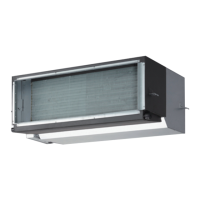

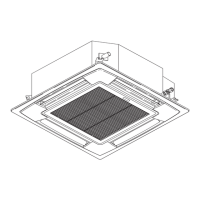

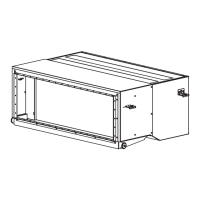

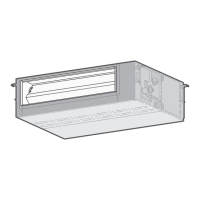



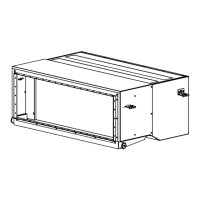
